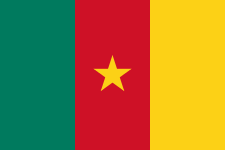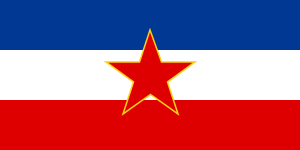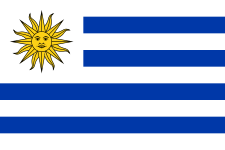Super Soccer
| Super Soccer Super Formation Soccer | |
|---|---|
 North American box art | |
| Developer(s) | Human Entertainment |
| Publisher(s) | Human Entertainment[1] |
| Composer(s) | Hiroya Niwayama Hironori Tanaka Masamichi Yamazaki Tetsuji Ohtani[2] |
| Platform(s) | Super NES[1] |
| Release date(s) | |
| Genre(s) | Traditional soccer simulation |
| Mode(s) | Single-player Multiplayer (up to two players) |
| Distribution | 4-megabit cartridge |
Super Soccer - known in Japan as Super Formation Soccer (スーパーフォーメーションサッカー) - is a soccer video game developed by Human Entertainment for the Super NES. Human published the game by themselves in Japan whereas Nintendo did it overseas. It was released in Japan in 1991 and in the United States and Europe in 1992. It was on the Super NES launch lineup in Europe, due to the sport's popularity.
Overview
The game consists of exhibition games and tournament games. In exhibition, one can choose to play either a match or a shootout (which is not available in the Japanese version). In tournament mode, one plays until one beats all other teams. After beating all the national teams, the player must play one final team, Nintendo (Human in the Japanese version). When the tournament has been won, the player receives a code to play the game in a more advanced mode.
The player's are based on popular international player's from the period, such as 'Rudi' from Germany.
Originally, Formation Soccer was a PC Engine native game that was released before the 1990 FIFA World Cup. The series was then carried over to Super Nintendo, with the addition of the prefix "Super". Meanwhile, two sequels of Formation Soccer for the PC Engine were spawned. In 1995, Hyper Formation Soccer was released for the PlayStation, and later it was released two more Formation Soccer games for that console. In 2002, Formation Soccer 2002 was released by Spike, for the Game Boy Advance.
The Super Formation Soccer game was innovative because of its viewing perspective, to this day unique in soccer video games: the field is shown plainly on a vertical view, and the opposite goal can be seen from anywhere in the field, making use of the Mode 7 chip.
Teams

The Rankings for Teams:
-
 Germany
Germany -
 Argentina
Argentina -
 Italy
Italy -
 Brazil
Brazil -
 Netherlands
Netherlands -
 England
England -
 Cameroon
Cameroon -
 Romania
Romania -
 Republic of Ireland
Republic of Ireland -
 France
France -
 United States
United States -
 Japan
Japan -
 Colombia
Colombia -
 Yugoslavia
Yugoslavia -
 Uruguay
Uruguay -
.svg.png) Belgium
Belgium
Also, beating the game on the hardest difficult setting unlocks the Nintendo (or Human) team.
Sequels
The game spawned a series of four sequels, all of them developed and published by Human in Japan only.
- Super Formation Soccer 2 (1993)
- Super Formation Soccer 94 (1994)
- Was made specially for the then-upcoming 1994 FIFA World Cup, including the 24 teams that partook it, plus Japan.
- Super Formation Soccer 95: della Serie A (1995)
- Instead of national teams, this game featured all clubs from the Italian Serie A (SEASON 1994-95 Serie A).
- Super Formation Soccer 96: World Club Edition (1996)
- It was the last game to date in the series. It featured 18 fictitious club teams (13 European, four Latin American and one Japanese) from around the world, based on well-known teams by the time.
See also
References
- ↑ 1.0 1.1 1.2 1.3 1.4 Super Soccer at GameFAQs
- ↑ "Soundtrack Information". SNESmusic.org.
External links
- Super Formation Soccer at superfamicom.org
- (French) 1UP, differences between the Japanese and the Western versions.
- (Japanese) スーパーフォーメーションサッカー / Super Formation Soccer at super-famicom.jp